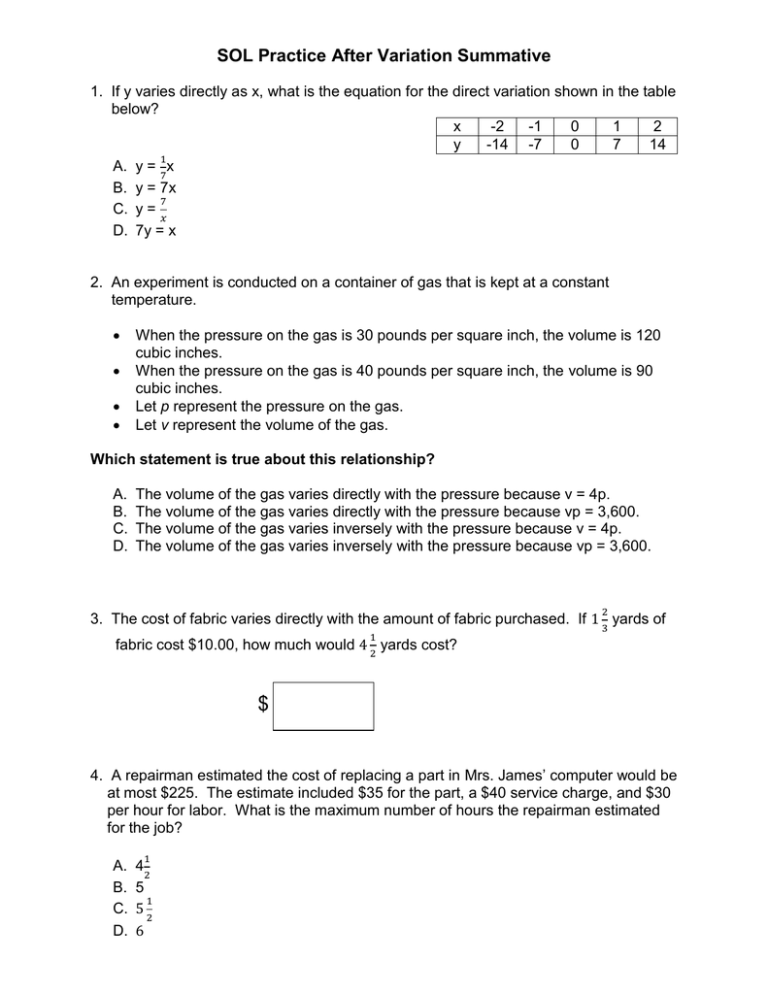

The irradiance profiles on the receiver surfaces then allows for thermal and fluid analysis on the receiver. This approach eliminates the need for using discrete ordinance or discrete radiation transfer models, which are computationally intensive, within the CFD code. The goal is to transfer the irradiance profiles on the receiver surfaces calculated in an optical code to a computational fluid dynamics code such as ANSYS Fluent. We provide an example of using SolTrace for modeling nonconventional receiver geometries.

We also list the strengths and deficiencies of the tools to show tool preference depending on the modeling and design needs. We found the ray-tracing tools, although slower in computation speed, to be more flexible for modeling complex receiver geometries, whereas DELSOL and HELIOS were limited to standard receiver geometries such as flat plate, cylinder, and cavity receivers. SolTrace and Tonatiuh use ray-tracing methods to intersect the reflected solar rays with the receiver surfaces and construct irradiance profiles. DELSOL and HELIOS both use a convolution of the sunshape and optical errors for rapid calculation of the incident irradiance profiles on the receiver surfaces. All are available for free from their respective developers. The four optical modeling tools evaluated were DELSOL, HELIOS, SolTrace, and Tonatiuh. In the literature, many ray-tracing software have been proposed and used, such as HFLCAL, HELIOS, MIRVAL, DELSOL, SOLTRACE, ENERTRACER, RCELL, SPRAY. Four optical modeling tools were evaluated using the National Solar Thermal Test Facility heliostat field combined with flat plate receiver geometry as a benchmark. Solar optical modeling tools are valuable for modeling and predicting the performance of solar technology systems.


 0 kommentar(er)
0 kommentar(er)
